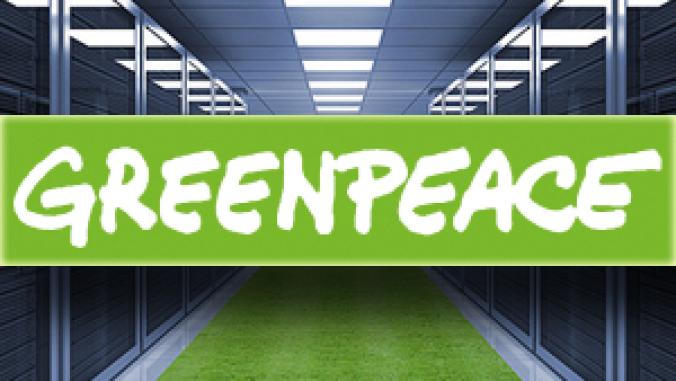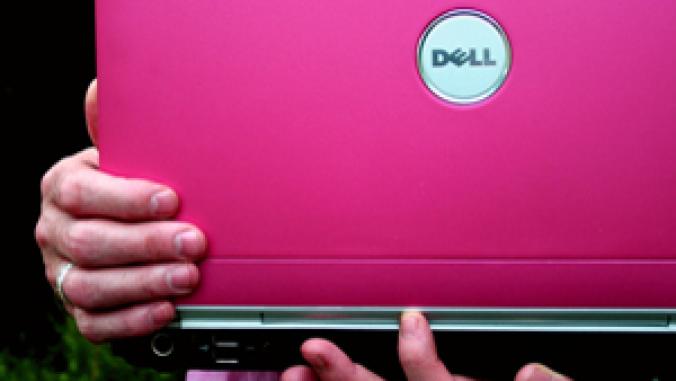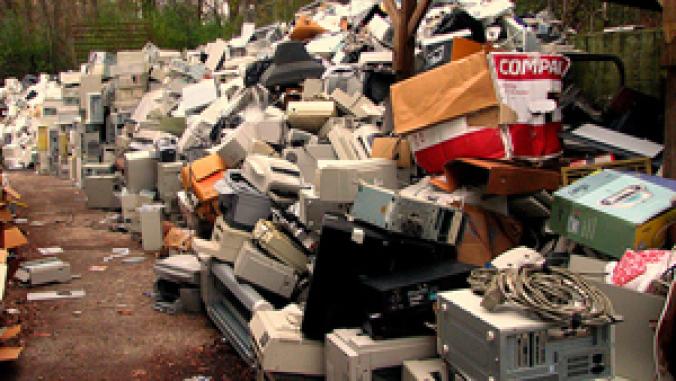A Green IT Baseline Can Ensure Successful Projects: Forrester
In a new report, Forrester Research explains that because of design, performance and disposal issues, IT in and of itself is not "green;" but companies that map at the outset a plan for achieve the greenest possible outcomes are more likely to succeed.

Is the entire notion of "green IT" an oxymoron?
Yes, but it doesn't have to be -- that's the advice from the newest report from Forrester Research, which aims to show that, at the most basic level, information technology is more brown than green. However, companies that map out a baseline green IT strategy from the outset can achieve significant progress and make their IT needs as environmentally friendly as possible.
The report, "Is Green IT Your Emperor With No Clothes?" was written by Doug Washburn for Forrester, and outlines both the many drivers making green IT an in-demand concept and the obstacles that stand in the way of achieving that goal.
First, the obstacles. From manufacture to implementation to disposal, electronics as a whole exact a steep toll on the earth. Designed and manufactured using toxic and polluting chemicals, operated in ways to require a massive energy footprint, and disposed of in ways that pollute the planet and harm human health, IT faces a long road to improvement.
There is no shortage of organizations working to change this, whether it's the Green Electronics Council's EPEAT standard, the government's Energy Star rating, or efforts by Greenpeace,the Silicon Valley Toxics Coalition and others to improve manufacturers' efforts. And OEMs are responding to demands from companies and legislation with their product designs, performance and take-back schemes. But companies looking to green their in-house IT can also take steps to ensure success, Washburn says.
It all begins with measuring the Green IT Baseline, which takes into account, energy use, greenhouse gas emissions and economic costs of the IT department, both within and outside of the data center.
Forrester's Baseline starts with solid measurements of data -- don't guess what benefits you'll reap by greening your servers, installing power management, or overhauling your data center cooling system, the report urges. Instead, it will pay dividends later to invest the time and resources up front to measure exactly how much energy and money each element of your IT operations are using.
Once that measurement has been finished, companies can begin planning to manage those results: learn how much energy savings you can achieve by switching to more energy-efficient or environmentally friendly tools, and estimate the ROI and progress toward achieving your company's overall green goals.
And after a green IT program has been put in place, Forrester urges IT managers to measure results and track progress towards achieving those cost, energy or emissions savings. At the same time, this green plan should be designed to comply with existing or potentially forthcoming regulations: the report cites E.U. and Australian laws designed to regulate IT electricity use.
Summed up, the development of a green IT baseline requires three steps:
Yes, but it doesn't have to be -- that's the advice from the newest report from Forrester Research, which aims to show that, at the most basic level, information technology is more brown than green. However, companies that map out a baseline green IT strategy from the outset can achieve significant progress and make their IT needs as environmentally friendly as possible.
The report, "Is Green IT Your Emperor With No Clothes?" was written by Doug Washburn for Forrester, and outlines both the many drivers making green IT an in-demand concept and the obstacles that stand in the way of achieving that goal.
First, the obstacles. From manufacture to implementation to disposal, electronics as a whole exact a steep toll on the earth. Designed and manufactured using toxic and polluting chemicals, operated in ways to require a massive energy footprint, and disposed of in ways that pollute the planet and harm human health, IT faces a long road to improvement.
There is no shortage of organizations working to change this, whether it's the Green Electronics Council's EPEAT standard, the government's Energy Star rating, or efforts by Greenpeace,the Silicon Valley Toxics Coalition and others to improve manufacturers' efforts. And OEMs are responding to demands from companies and legislation with their product designs, performance and take-back schemes. But companies looking to green their in-house IT can also take steps to ensure success, Washburn says.
It all begins with measuring the Green IT Baseline, which takes into account, energy use, greenhouse gas emissions and economic costs of the IT department, both within and outside of the data center.
Forrester's Baseline starts with solid measurements of data -- don't guess what benefits you'll reap by greening your servers, installing power management, or overhauling your data center cooling system, the report urges. Instead, it will pay dividends later to invest the time and resources up front to measure exactly how much energy and money each element of your IT operations are using.
Once that measurement has been finished, companies can begin planning to manage those results: learn how much energy savings you can achieve by switching to more energy-efficient or environmentally friendly tools, and estimate the ROI and progress toward achieving your company's overall green goals.
And after a green IT program has been put in place, Forrester urges IT managers to measure results and track progress towards achieving those cost, energy or emissions savings. At the same time, this green plan should be designed to comply with existing or potentially forthcoming regulations: the report cites E.U. and Australian laws designed to regulate IT electricity use.
Summed up, the development of a green IT baseline requires three steps:
- Inventory your IT assets outside and inside of the data center.
- Develop key estimations and assumptions.
- Calculate your total green IT baseline.




